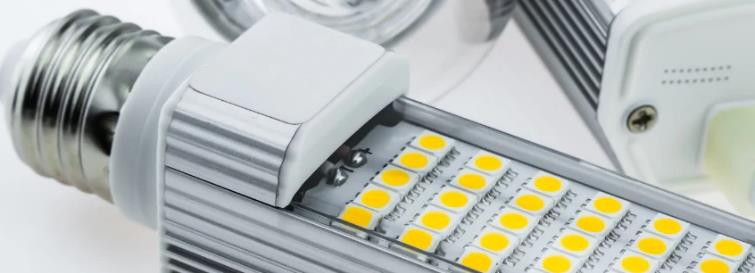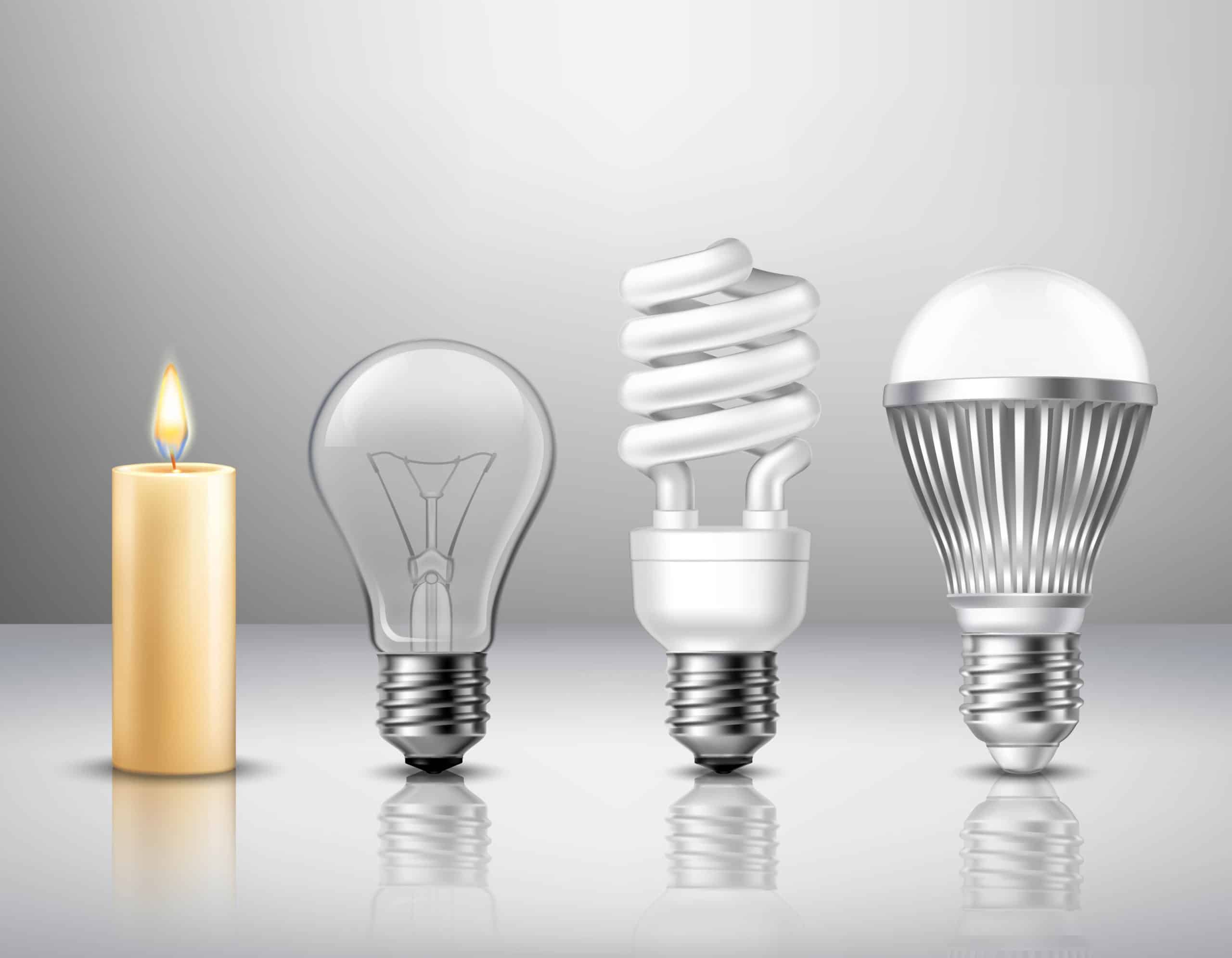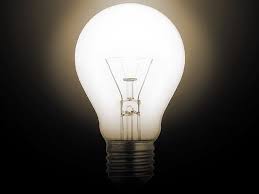The evolution of lighting technology: the glorious journey from incandescent lamps to new LED technology
Since ancient times, humans have been pursuing more efficient and longer-lasting lighting methods. From incandescent light bulbs at the end of the 19th century to today's booming LED technology, innovations in lighting technology not only illuminate our world, but also reflect our continuous pursuit of energy efficiency, environmental protection and comfortable life.

Incandescent light bulb: the beginning of electric lighting
In the 19th century, pioneers such as Hiram Maxim, H. Joseph Swan and Thomas Edison invented the incandescent light bulb. This invention marked a major breakthrough in the history of human lighting. Incandescent light bulbs emit light by heating a filament with electric current. Although their energy efficiency is low, they undoubtedly brought revolutionary changes to society at that time.
Fluorescent lamps: a new choice for energy saving
By the mid-20th century, the emergence of fluorescent lamps brought new changes to the lighting field. Fluorescent lamps emit light by exciting phosphorescent substances with ultraviolet light, and their energy efficiency is significantly improved compared to incandescent bulbs. However, fluorescent lamps also face environmental problems such as mercury content, which prompts people to continue to search for more environmentally friendly and efficient lighting methods.
LED technology: the shining pearl in lighting
From the end of the 20th century to the beginning of the 21st century, LED technology suddenly emerged and quickly became the new favorite in the lighting field. LED emits light through the principle of electroluminescence. Its characteristics such as high energy efficiency, long life, and low calorific value have made it rapidly popular in a short period of time. With the continuous advancement of technology, LED lamps have been able to emit white light suitable for residential and commercial applications, and their application range is also constantly expanding.

Extensive application of LED technology in commercial spaces
In commercial spaces, the rise of LED lighting technology has been driven by its economic feasibility, durability, design versatility, and environmental friendliness. LED lamps can not only help businesses save electricity bills, but also provide stable and reliable lighting effects. At the same time, the compact size and adaptability of LED lamps allow them to be easily integrated into various architectural and interior designs, improving the visual effect and user experience of the space.
The future of LED lighting technology
With the continuous innovation of technology, LED lighting technology is developing in a more intelligent, environmentally friendly and humane direction. Adaptive lighting systems, people-oriented lighting concepts, Internet of Things integration, wireless communication technology and the application of sustainable and environmentally friendly materials are all injecting new vitality into the future development of LED lighting technology.

The adaptive lighting system can automatically adjust brightness and color temperature according to environmental changes and user needs, thereby providing a more comfortable and energy-saving lighting environment. The human-centered lighting concept focuses on the impact of light on human well-being, supporting human circadian rhythms and improving quality of life by adjusting light parameters. The integration of the Internet of Things and the application of wireless communication technology enable LED lamps to achieve remote control, data analysis and intelligent management, providing strong support for the construction of smart buildings and smart cities.
In addition, the LED industry is constantly exploring the use of more environmentally friendly and sustainable materials to produce LED lamps to reduce the impact on the environment. At the same time, the application of enhanced optical devices also enables LED lamps to achieve more

